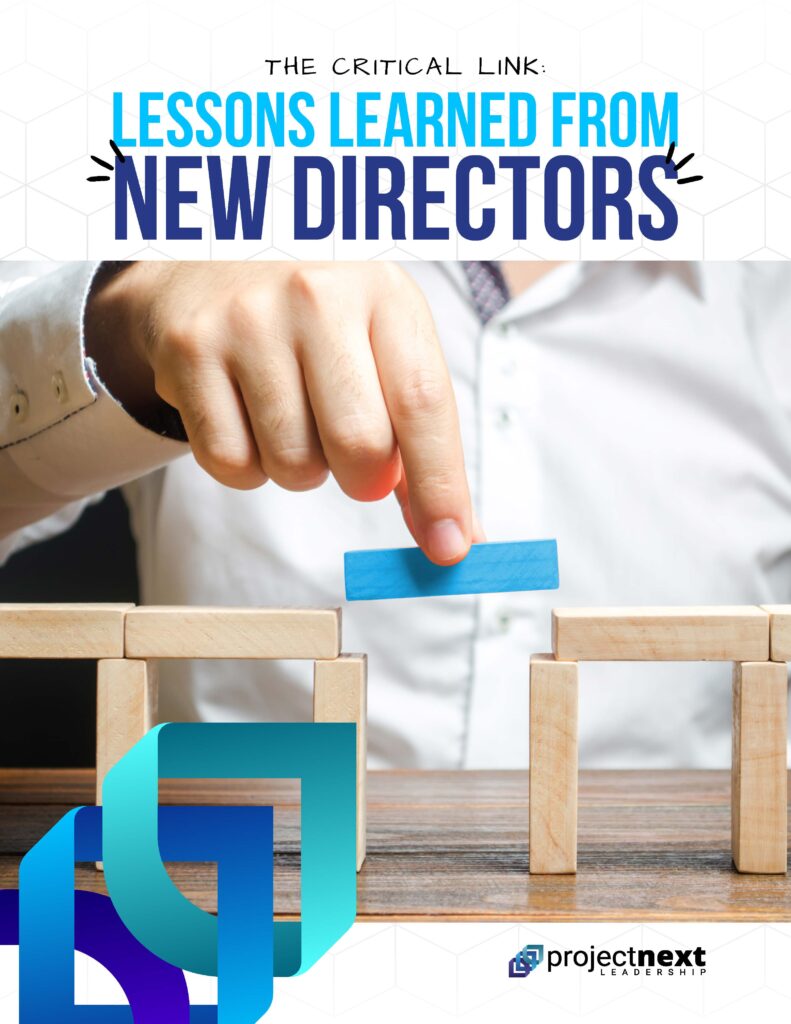High performing leaders in senior roles know it. Those recently promoted quickly learn it. CEOs are especially appreciative of it. What is it? The unsung kernel of knowledge that influencing skills becomes more, not less, critical as leaders move up in an organization.
Aspiring leaders often assume as they progress in their careers, that increased positional authority will make it easier to get things done. However, the truth is the most successful leaders focus on building influence and a foundation of trust to work across the organization. A bigger title may signify a level of responsibility and stature, but it doesn’t earn commitment from cross functional colleagues. The “title trap” can catch leaders off-guard and can lead to organizational missteps if attempting to use positional authority to motivate others into action.
“Using your title to get people to take action is just plain lazy.” Retired CEO, Global Professional Services Firm
Today’s dynamics dramatically increase the need to strengthen influencing muscles. Organizations have teams that have become increasingly interdependent and reliant on cross-functional speed to execute well. Global expansion requires building relationships across different geographies, cultures, and languages. Throw in a remote work setting driven by the pandemic, and now you’ve got an exponentially higher demand for influence agility in all sorts of conditions.
“As leaders move into senior levels, it’s now about how you interact with your cross-functional peers to make things happen. The ability to build these relationships is critical.” CEO, Medical Devices Company
So what do effective influencers do? We have found that leaders who achieve the best results are those who proactively build productive and mutually beneficial relationships with those who matter most to their success. Specifically, strong influencing practices include:
Building a strong foundation of trust with an “inner circle.” Those leaders who thrive cross-functionally understand that trust-based relationships win over transactional ones every time. High performing leaders are intentional about identifying which colleagues are most instrumental to their success. They then prioritize this core group by establishing a pattern of repeated interactions that are positive and productive for all involved. As one senior HR executive we recently spoke with puts it, “For high impact leaders, it’s critical that they leverage ‘social capital’. Have they built followership with those they work with across the organization? Are others all in on you as a leader when a crisis comes up and you want to take action?”
Common ground as the common denominator. Effective influencers find ways to simultaneously meet their own objectives and those of the colleagues with whom they need to collaborate. The trick to this? Truly putting themselves in the shoes of their colleagues and understanding where there is overlap in goals. This can only be done through thoughtful due diligence, listening, and creativity. Like a good negotiation, the best leaders are able to find ways to truly create “win-win” interactions that create success for each stakeholder group.
Influence through inspiration. It’s tempting for leaders in senior roles to use hierarchy as a lever and to assume that others will “hop to it” if asked. In reality, inspiring action cross-functionally works far better than demanding it. One senior leader said “I think of my cross-functional colleagues as volunteers. It’s my job to create the motivation for them to take action.” Leaders can borrow from leadership communication tools used to inspire their own teams to apply to a different audience. Thinking through questions like: “What’s the future state look like if we collaborate? Why is this important to the organization? How can this benefit all of us if we proceed? Why do I personally care about this?” can be helpful in understanding what will motivate others to work with you versus doing nothing.
As leaders get promoted into high impact roles in their organizations, they would be wise to think as much about engaging their peers as they do their own teams. Both are absolutely critical stakeholders to success at senior levels. As many experienced executives will tell you, a title can help get you in the door of your colleague’s office, but what happens from there is entirely up to how you influence.




